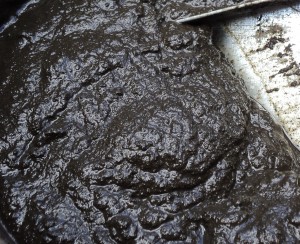 When I retired, the decision to break up with the city was finally strengthened, and I implemented it, moving to the cottage. I live here all year round almost on natural economy, only buy bread, and once a month I visited my grandchildren and take off the nurseful retirement.
When I retired, the decision to break up with the city was finally strengthened, and I implemented it, moving to the cottage. I live here all year round almost on natural economy, only buy bread, and once a month I visited my grandchildren and take off the nurseful retirement.
I hold some hives, chickens, rabbits. And, of course, the garden. And what is the main food in the garden? Potato - Matushka! But without a harvest fertilizer you will not get. At first I bought manure. Overhead! I began to think than to change. Many things I tried: and the leaf that fell in the fall in the forest harvested, and the hay folded. Waste from chickens and krolls, of themselves, went into the case, but the chickens I have four pieces, rabbits - six. For three hundred potatoes litters little.
Once again (it was in the fall) I learned from a friend about sapropel. And I have a river under the side! In a semi-kilometer from home found an overgrown old man. Water on two Pyats, and on the bottom - a thick pillow from El. You can tell a long time, as I went to the method, which I was not at least the first year, so I will go immediately to the essence.
From autumn on a potato field, cut the furrows, on their bottom on three fingers I smell the bevelled grass. When winter comes and robbed ice, I will harm it. I draw it from ice through the oversized lanes and on sledding bucket buckets on the field. Although the snow lies, but where the furrows passes, it is perfectly visible. I will pour a bucket of a semi-liquid yala for every 2 row meters, on all the furrows.
The feats of labor do not accomplish - until spring, and health is no longer. Do not hurry shed so all the field. Frost in the winter disinfects Il, and the spring sun primarily licks the "raised" snow, and the earth warms up early. So I swing no later than May 1st. Potatoes grows large, clean. And the yields are on average 1:10, i.e. On the bucket of planted potatoes 10 buckets collect. Try!
Experience Vasily Dogkin a

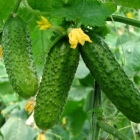
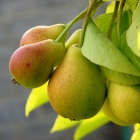

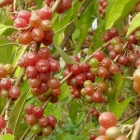
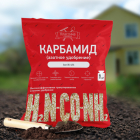
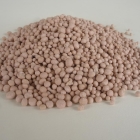



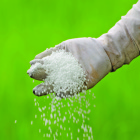
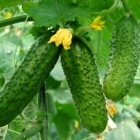

Ils are different, and their properties as fertilizers are largely dependent on the nature of the reservoir and the history of its origin. It seems that all the same, and the content of the organic ranges from 10 to 80%.